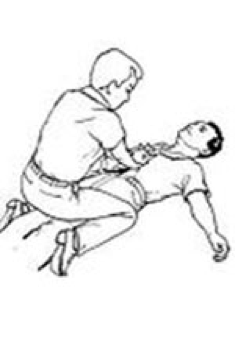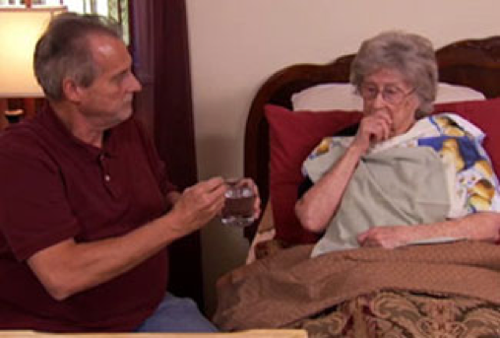If you believe the person you care for has dysphagia, talk to their doctor. When the person has dysphagia, the doctor will refer the person to a dietitian or a speech pathologist. A dietitian is trained to identify people at risk for swallowing problems. Once the problem is identified, the dietitian will be able to pick the best type of diet with the proper food and liquid thickness. A speech pathologist will evaluate swallowing abilities and aspiration risk.
There are many kinds of dysphagia diets, but do not choose one on your own. Let a dietitian be your guide. The dietitian will decide how to change food thickness and liquid consistency so that a diet best matches a person’s limitations.
Some people do best with semisolid foods that are easy to chew. Others may need liquid or pureed (pudding like) foods, especially if they have had mouth surgery or have mouth conditions associated with side effects from cancer treatment. Often you will have to thicken liquids with commercial thickeners to decrease the time it takes to move liquid to the back of the throat for swallowing.
When a person has difficulty swallowing, have him or her follow these tips during a meal:
If a person begins to choke while eating be sure that he or she sits up straight. If a person can speak, the choking is not life threatening. Have him or her spit out or remove any food or liquids in their mouth and wait till the choking stops.
Do not force a person to eat or drink while choking. In some cases you might care for a person who uses oral suction routinely. Oral suction is a good way to remove secretions.
While waiting for emergency personnel, stay calm and perform the Heimlich Maneuver. See our lesson on Feeding a Person.

If the person stops breathing and loses their heartbeat (pulse), CPR may be necessary.

